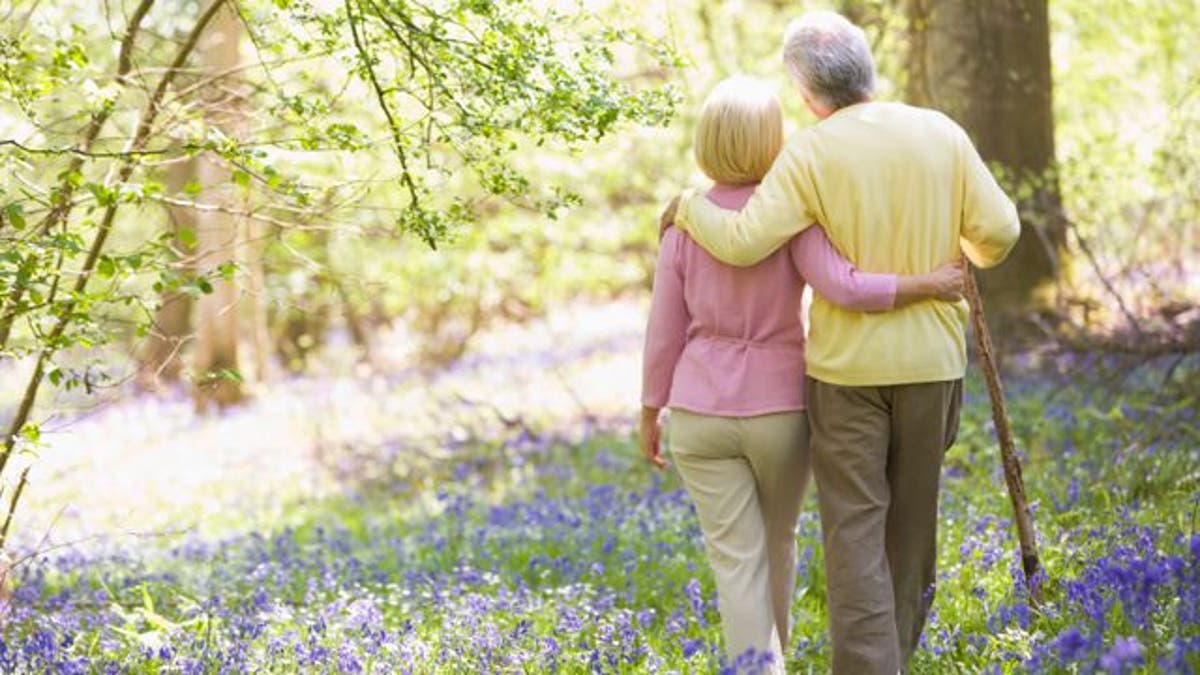
People tend to spend more time being active and less time sitting after retirement, a new study suggests.
But the older they get, the more they slow down again, researchers found.
"Older adults who maintain a level of physical activity - and we're not talking about marathon running, just brisk walking three or four times a week - do much better over the long term with their health," said Stephen Kritchevsky.
He heads the Sticht Center on Aging at Wake Forest Baptist Medical Center in Winston-Salem, North Carolina.
Findings on how activity levels change after retirement have been mixed. Kritchevsky said it depends, in part, on the kind of jobs people are retiring from.
"For many people, it's a very important life change that many people plan for financially but they fail to plan for the other aspects of their lives," he said.
"For those people … that are coming from jobs that are sedentary in their nature it's really an opportunity to use that time to take care of yourself in a way that will have important dividends in the long term," Kritchevsky told Reuters Health.
For the new report, UK researchers studied 98 adults, ages 48 to 89. Two-thirds of them were retired.
The researchers had all participants wear a small device that tracks movement on their thigh for a week. The devices, called accelerometers, sent data to the researchers on how much time each person spent sitting or lying down or moving around.
Retired people, they found, spent about 7 percent of their time being active and walking around, compared to about 6 percent among employed people.
And retired participants spent 75 percent of the week sitting or lying down, compared to 78 percent for those still working. (Standing accounted for time not spent being active or sedentary.)
But total sitting time also rose with age.
Across the board, just one in five older adults met physical activity recommendations by being active for two and a half hours per week, in segments at least 10 minutes long. Retired and employed people were equally likely to meet the recommendations, the study team wrote in the journal Age and Ageing.
The researchers noted that they only looked at a snapshot in time. A longer-term study that follows employed people through retirement might provide more information about how exercise habits change during that period.
Alan Godfrey said retirement "may present a critical ‘window'" for encouraging older adults to be more physically active.
"Family members can obviously help with this period of transition by planning for the future and helping the person set to retire in adopting new or altering old (physical activity) strategies," he told Reuters Health in an email.
Godfrey led the study at the Institute for Ageing and Health at Newcastle University in Newcastle upon Tyne.
Both he and Kritchevsky advised older people seek out local groups or community centers to help them get out of the house and get moving.
"Engaging with community or peer led activity groups (walking clubs, outdoor pursuits etc) would be one simple and effective example of adopting and maintaining any desire to become more active," Godfrey said.
"Some people just don't plan for the free time they're going to have, and end up watching a lot of television and sitting around the house," Kritchevsky added. "That leads to both a sense of social isolation … and also physical inactivity."
